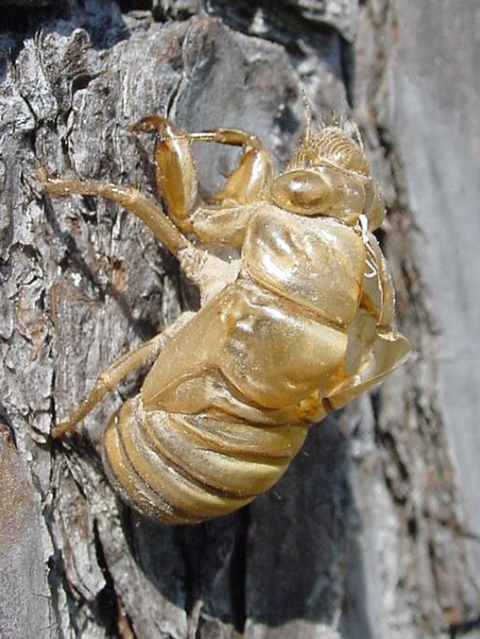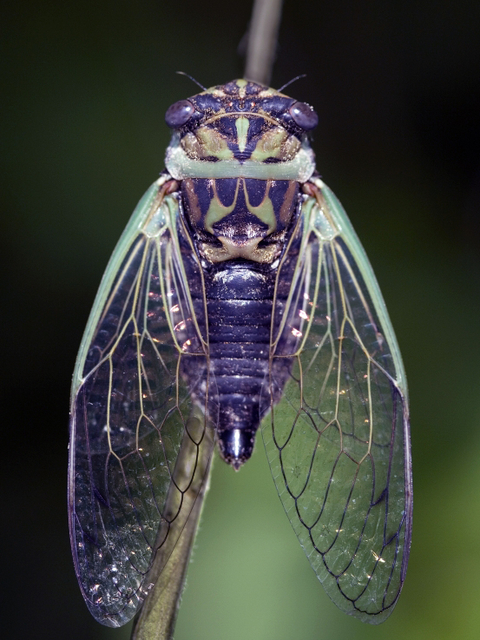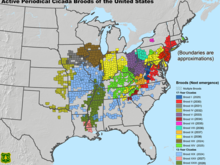You may have seen on your social media that people are predicting a loud summer, as parts of the country are set to see the emergence of high numbers of cicadas. What’s all the buzz about, and should Minnesotans be investing in earplugs?
From silent underground to screaming in the trees
Cicadas are a small group of insects that look a little like beetles but are more closely related to spittlebugs and leafhoppers. They spend most of their life underground as immature nymphs. These immature cicadas spend 4 to 8 years underground feeding on the roots of plants. This damage isn’t severe enough for us to notice, and plants power through it just fine.
After the cicadas have had their fill, they tunnel out of the ground and find somewhere to molt. They emerge from their old exoskeletons (the exterior shell that gives insects their shape and protection) as winged adults.
The point of the adult’s life is to find a mate and lay eggs. To go about this, male cicadas hang out in trees vibrating special membranes to make a surprisingly loud humming sound. Some people say it sounds like a scream, others say it sounds like a power line, but regardless, this sound is a common part of the Minnesota summer soundtrack.
So is Minnesota going to be extra loud? No.
Minnesota is going to have the same number of cicadas making the normal amount of noise in the trees.
There are a few kinds of cicadas in the United States. The species we have in Minnesota is called the dog-day cicada. This cicada is annual, meaning that it completes its life cycle in relatively short order. The cicadas we see this summer will have been laid as eggs in the last few summers. Every summer, we have a wave of this species emerging and making noise.
Other parts of the country, including parts of southern Wisconsin and Iowa, are home to additional species of cicadas. These are called periodical cicadas. They get their name because they only emerge as adults periodically, as the nymphs spend over a dozen years underground.
The two species of cicada that exist in other parts of the Midwest either spend 13 or 17 years underground. These species are synched up in time, meaning that large numbers of adults will appear in certain years. The adults need to be in sync to find a mate, so there are sporadically summers where there is a huge increase in cicadas, and the noise they make, as a periodical species emerges.
See the map for where we find these two species and what years large numbers of them, known as broods, emerge.
So the buzzing we hear as we enjoy our Minnesota summer will likely be roughly what we are used to. While this noise can be annoying, what would the dog days of summer be without the calls of dog-day cicadas?




